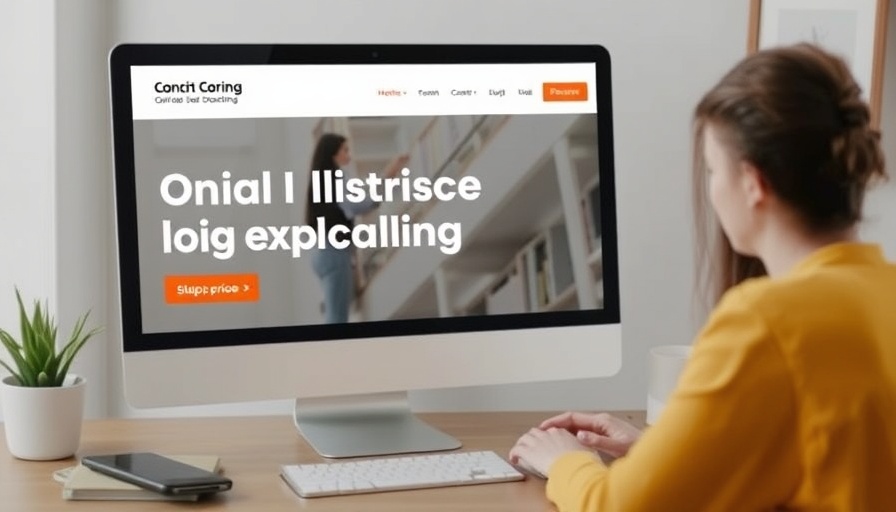
Understanding the Urgency: Autism Eugenics and Its Wider Implications
The launch of Spectrum 10K, an ambitious autism study, has raised eyebrows across the autistic community and beyond. It's not just a matter of scientific inquiry anymore—it's about the ethical dimensions of research that seeks to collect genetic data from 10,000 autistic individuals. The potential for eugenics, albeit not a word often used in modern scientific discourse, looms large over this endeavor.
What is Spectrum 10K and Why Should We Care?
The stated aim of the Spectrum 10K study is to enhance our understanding of autism and inform approaches to wellbeing. However, as the autistic community has pointed out, the research is heavily focused on genetic diagnostic testing, risking the portrayal of autism as a condition that needs to be 'fixed.' With the backdrop of organizations like Cure Autism Now and Autism Speaks, deeply controversial figures in autism advocacy, the concerns about how this data might be utilized are palpable.
The Shadows of History: A Brief Look at Eugenics
Eugenics has a dark history, often associated with ideologies of racial purity and the discriminatory practices that aimed to eliminate perceived 'undesirable' traits from the gene pool. While today’s discussions often veil this term in the guise of research and well-meaning initiatives, the ramifications can echo the very mistakes made in the past. The fear among many is that data collected under the guise of improving 'wellbeing' could ultimately be wielded for exclusionary purposes.
Societal Stigma: The Root of Poor Wellbeing
Research indicates that the mental health challenges faced by many autistic individuals often stem from societal stigma rather than intrinsic attributes of autism itself. Factors like discrimination, societal barriers, and misconceptions about what it means to be autistic contribute significantly to the struggles of individuals on the spectrum. Therefore, focusing solely on genetic research could detract attention and funding from the real issues at hand, which largely revolve around changing societal attitudes and improving support systems.
Insights from the Autistic Community: Voices That Matter
Many autistic advocates argue that the focus should shift to real-world issues—like employment opportunities, accessing education, and promoting inclusivity—rather than reducing autism to genetic determinants. There’s a shared belief that autism should not be perceived through a medical lens alone but understood in its texture and diversity while fostering environments where autistic individuals can thrive.
Future Trends and Ethical Considerations
The future of autism research hinges on public perspective and ethical standards. If genetic studies such as Spectrum 10K lead to the development of diagnostic tests intended to categorize autistic individuals into 'syndromic' groups, it could lead to harmful stereotypes—effectively denying the importance of diverse experiences and expressions of autism. The risk of misuse of this information may prompt calls for stringent ethical guidelines around research on vulnerable populations.
How You Can Make a Difference: Advocacy and Awareness
As educators and advocates, it's crucial to stay informed and challenge themselves to engage with the ethical dimensions of autism research. Supporting organizations led by autistic individuals and advocating for inclusive policy changes can amplify the voices of the community and ensure that research serves to enhance—not diminish—the lives of those it studies.
Awareness is the first step to making a change. Whether it’s through raising questions about where research funding goes or learning about the implications of genomic studies, every action counts. The more people understand about the potential dangers of studies like Spectrum 10K, the stronger the pushback against eugenics as a concept can become. Join the conversation and take a stand to promote a healthier, more inclusive world for autistic individuals.
 Add Row
Add Row  Add
Add 




Write A Comment